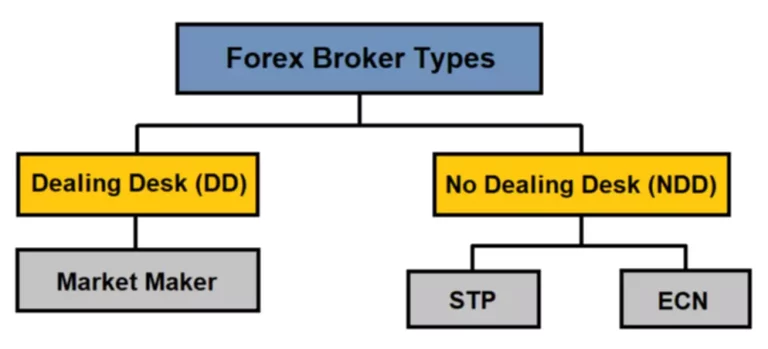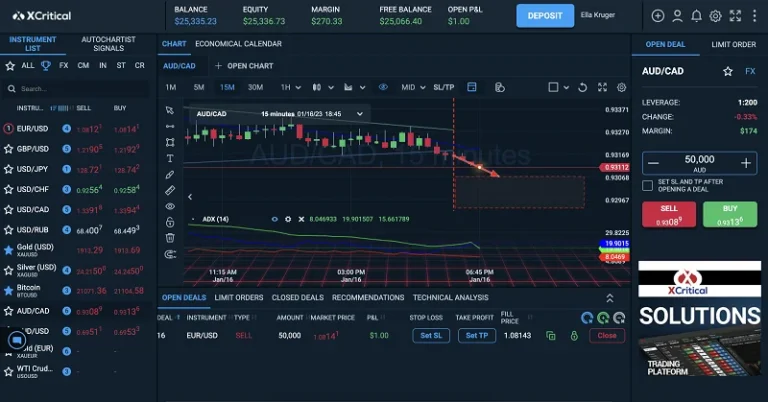Fundamental analysis is used for long-term funding in a company’s stock. Technical analysis is used to determine short-term buying and selling opportunities by analyzing price patterns and developments. Yes, traders primarily use technical evaluation to seek out entry and exit points. However, some swing merchants may flip to fundamental evaluation to consolidate their place.
Another critical point of basic evaluation vs technical evaluation is their usage by market participants. Typically, the securities market includes two forms of investors – long-term buyers and short-term traders. Fundamental analysis assumes that the present market price of a share doesn’t tell the entire picture. Hence, it critiques the past and present data to find out the share’s intrinsic worth. In comparability, technical analysis assumes that each one the crucial elements are already factored into the asset price. Hence, it depends solely on previous performance to make future predictions.
Traders and buyers each have different objectives in mind.Fundamental evaluation helps to determine long-term opportunities so it’s good for buyers. Technical analysis helps to determine many short-term, medium-term, and long-term opportunities so it’s good for both traders and traders. Now, if the worth of a security is moving towards the decrease limit of the price-range or assist, then a dealer shall swoop in to purchase the inventory.
Can Elementary Evaluation Be Used Along With Technical Analysis?
In this article we’ll focus on choosing the strategy that is best suited for you, we will go over the primary difference between fundamental and technical evaluation. The technical analysis considers the historical inventory worth movements. It leverages the patterns, tendencies, and also past charts to forecast the stock’s future price movements.

The time-frame isn’t clear to the elemental analyst but the perception is that over the longer run this convergence should happen. They are also agnostic in regards to the holding interval, which technical analysts usually are not. When elementary analysts see worth in a stock then they are also prepared to go contrary to the market pattern and purchase or sell the stock. For a technical analyst, trend is the friend and it is developments and patterns that matter in the last analysis.
Faqs On Difference Between Elementary And Technical Evaluation
During fundamental analysis, traders have to keep the larger picture in mind. This includes the company’s monetary health, its position inside the broader market, its competitive panorama, business circumstances, and financial elements. Technical analysts usually begin their analysis with charts on a quantity of timeframe while elementary analysis with a company’s financial statements. Analysts of this school infer worth ranges from a stock’s historic performance patterns which function as a buying and promoting signal, also referred to as help and resistance respectively. That is one other point of distinction within the debate of elementary evaluation vs technical analysis.
Short-term news occasions much less influence fundamental evaluation because it focuses on assessing a company’s long-term prospects. In distinction, technical analysis is more delicate to short-term news occasions as it goals to establish and capitalize on short-term value movements which will result from such occasions. For making use of each or either of them in the inventory market effectively, you need information, expertise and experience. Technical analysis is the usage of value and volume data to predict future prices.
A Key Distinction Between A Technical Analyst And A Basic Analyst:-
It contains macroeconomic, industry-related, and company-specific elements. Fundamental analysis fits buyers who are on the lookout for long-term investment whereas technical analysis is suitable for short-term buyers. The objective of performing technical evaluation is to find out the most effective time to enter or depart the market. Though both are methods to research the listed corporations to evaluate their share worth.
- However, misinterpreting any one facet or overlooking a single basic issue in this methodology of research could sometimes lead to an inaccurate representation of intrinsic worth.
- Then you arrive at a present value, which is the benchmark for the market worth of the inventory.
- On the opposite hand, if the stock’s intrinsic worth is more than the current market price, then the inventory is overvalued.
- However, let’s find out what are the key differences between each of them.
Furthermore, the strategy additionally makes use of several qualitative and quantitative metrics to find out the well-being of the company in question. This is another key distinction between fundamental and technical evaluation. Fundamental evaluation is extra appropriate for making long-term investments.
Today we are going to focus on basic vs technical analysis, how each are completely different from each other and which one is best with their professionals and cons. Playing in the stock market isn’t a blindfold game, simply decide any inventory and put your hard-earned money for better returns. There are certain principles have to be adopted whereas trading or investing in companies listed on the inventory exchanges. Irrespective of the few factors of basic analysis vs technical analysis, it’s most fruitful for investors to use both for growing a more comprehensive idea.

These indicators embrace help and resistance traces, moving averages, pattern traces, etc. Investing in financial markets includes a complex interplay of a number of components that impact the valuation of assets, similar to shares, bonds, commodities, and currencies. Two major approaches to analysing these markets are elementary evaluation and technical evaluation. These methodologies present buyers with totally different perspectives and instruments to make knowledgeable choices.
Fundamental Analysis considers all of the components which are core to the business. Factors corresponding to financial statements, economic elements, industry, management process, and so on. Fundamental analysis helps determine the firm’s intrinsic value to identify whether the stock is overpriced or under-priced. However, if the pattern does not honour said price-range, then it would proceed rising upward or free-falling downward, leading to substantial losses for traders. Also, technical analysis requires expertise in addition to data of advanced concepts of stock markets. It is extra fitted to traders who are looking for short time period features, somewhat than novice investors or people who need to invest in a safety based mostly on its long run wealth creation.
Key Ideas Of Technical Evaluation Include:
Also, the interpretation of a candlestick can range from analyst to analyst. However, uncommon events pertinent to elements that determine a stock’s true worth may also trigger a dramatic price change in the short-run. Therefore, investors may benefit from basic analysis in short-term buying and selling; nonetheless, such cases are rare. In brief, fundamental analysis is an approach https://www.xcritical.in/ that is undertaken by investors and works on the principle of “ purchase and hold”. Investors who go by basic evaluation, base their decisions to buy a inventory on a comprehensive understanding of a company and maintain their investments for a longer period. Each of those strategies includes distinct qualities that enchantment to particular market players.
That way, investors educate themselves which inventory would yield most returns within the long-run based mostly on their intrinsic values. They try to discover out the intrinsic value of an asset before investing in it. The end aim is to establish the intrinsic value of a share, which might not equate to its present market price. Fundamental analysis relies on the hypothesis that markets are not good. There is an inherent delay in influencing the share prices by way of these components.

On the other hand, technical evaluation focuses on studying chart patterns, value, volume, and other market indicators to make trading selections. Fundamental analysis and technical evaluation are two different mechanisms that help in analysing the monetary markets. Fundamental evaluation, as the name suggests, seems at the fundamental side of the business. Also, it takes under consideration the financial and economic components that affect a business. On the opposite hand, the technical evaluation considers the stock’s value actions and makes use of the data to foretell future price movements.
Even although they may come throughout as completely different approaches to analysing securities, nonetheless it is seen that traders expertise success by combining the 2 strategies. Which one is for use is totally dependent on the individual investor’s goal. Investors use fundamental analysis when they wish to invest for a longer period, whereas traders use technical evaluation once they need to use it for quick decision-making of their short-term investments. As the phrase suggests, long-term investing requires a deeper understanding of the company’s enterprise.
